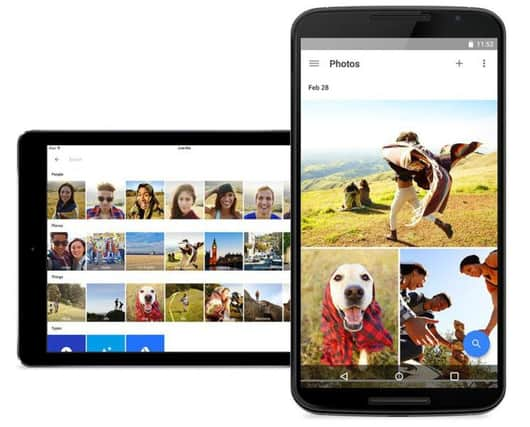How to switch on new features by fooling Google into thinking you're in the US


But those visible manifestations are just the tip of the iceberg. It’s what you don’t see that makes the difference.
In particular, the dislike of European regulators towards facial recognition technology means that at least two popular services are less useful here than they are in America.
Advertisement
Hide AdAdvertisement
Hide AdGoogle Photos, which is now far and away the best solution for storing, indexing and sharing digital pictures and videos, has the ability to generate automatically albums of individual family members, friends and even pets by recognising their faces and grouping them together. All you need do is supply their names.
Though not perfect, the system is sophisticated enough to match childhood and adult photos of the same person, so it’s ideal for the effortless collation of a collection spanning years.
The trouble is, the feature is disabled by default in Europe - so if you want to use it, you have to fool Google into thinking you’re in America. But that is surprisingly easy to do - and as a bonus, the process offers the opportunity to circumvent another online annoyance.
Google Photos works on phones, tablets and computers but you will need a phone to reset your data before you can activate face recognition on your account. On an Android handset, it’s a matter of accessing the settings screen, finding Google Photos among the apps, pressing the Force Stop button and then choosing the option to clear data.
Advertisement
Hide AdAdvertisement
Hide AdYou then have to change your phone’s location to North America, by signing into a “proxy” service like Tunnelbear, a virtual private network among whose benefits is to let you experience the internet as people in other countries see it.
Tunnelbear is free but registration requires an email address - and that’s where the other trick comes in. Rather than using your real address and running the risk of it being used to send messages you don’t want, you can search for TempMail and generate a completely random email that will work for a few days and then disappear forever. You can do this whenever you want to sign up for a service with whose operators you don’t want to share information.
Once you are logged in to Tunnelbear, you can restart Google Photos. After a while, it will add a new “people” section to your albums - not just on your phone but on all your other devices, too. In the meantime, you can delete Tunnelbear and end your virtual trip to the States.
Google isn’t the only tech giant to have harnessed face detection; Facebook also uses it in America - though because that service is predicated on sharing pictures as widely as possible, privacy is more of an issue. Apple uses it, too, but avoids EU restrictions by performing the recognition on your handset, not online.
Advertisement
Hide AdAdvertisement
Hide AdThe technology is not entirely new - it was implemented on Google’s now discontinued Picasa software, which was also capable of creating montages in which faces “morphed” from one image to another, across the years. Picasa also let you manually add face tags to pictures the software didn’t recognise by itself.
Google Photos, on the other hand, is still evolving - but for serious collectors of pictures, it is too useful a tool to be run with half the plugs pulled out.